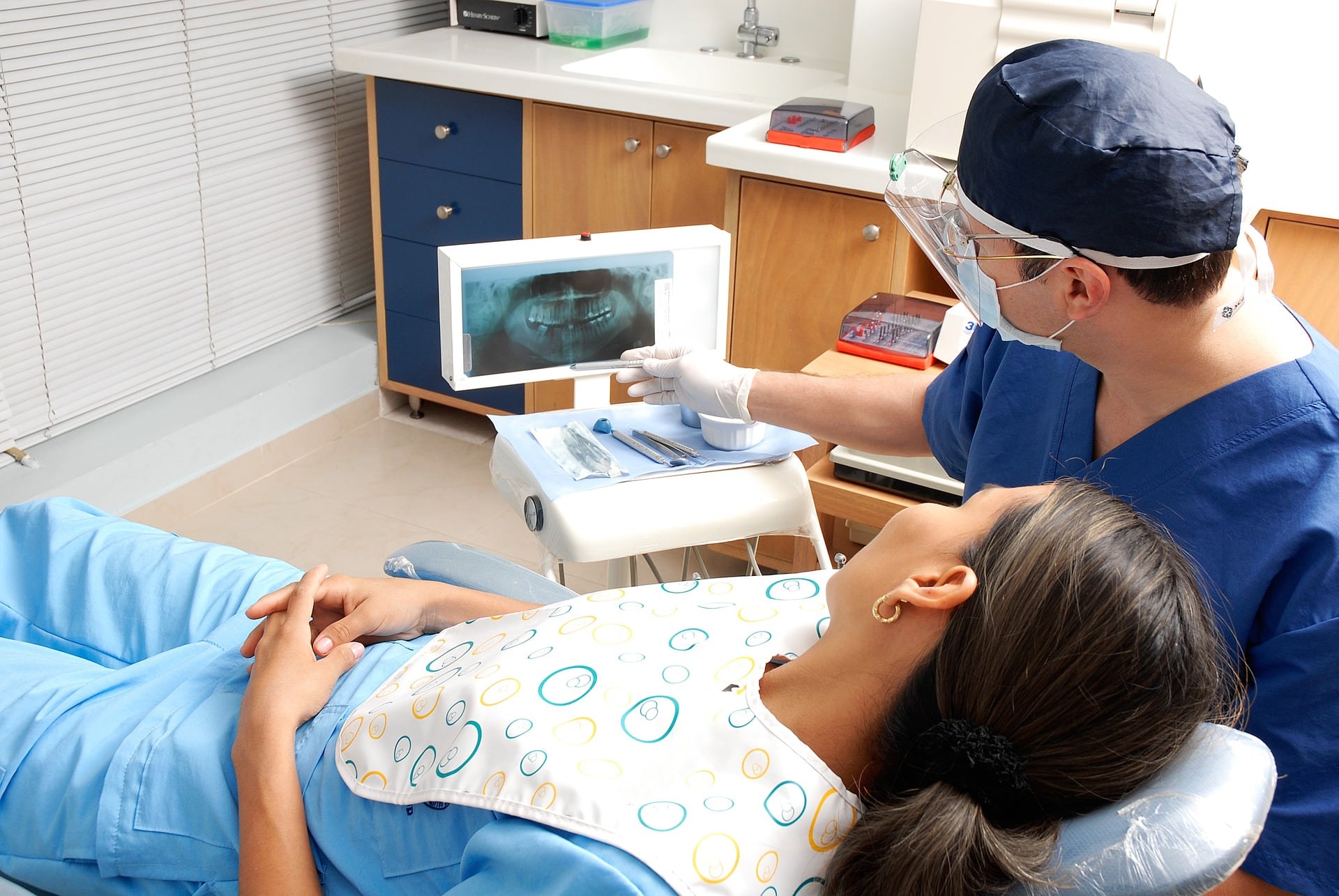
By starting your own practice, you are ensuring that your patients receive the best care that you're able to give. But in order to keep giving patients the best care, you need to improve your medical practice to make sure it is running as smoothly and efficiently as possible. To help you with that, we have compiled seven ways you can improve your practice. Try them out below.
1. Focus mainly on your patients
To help achieve the bottom line for your practice, you should be spending at least 37 hours a week on direct patient care. Of course, if you're running a group practice, 37 hours is certainly feasible – but fear not solo practitioners. A solid patient base can help you meet this goal. But remember, don't wear yourself out. Practice management includes keeping your work flow realistic.
2. A one-person army won't improve your medical practice
You spent years earning your medical license, making you more reliable than Google when it comes to diagnosing problems. That medical care is what your current patients need when it comes to determining their ailments, but if you're the only doctor offering primary care, you can't be preoccupied with the administrative sides of a medical practice. That's where a practice administrator comes in. By hiring a practice administrator, you open yourself up to new avenues on how to improve your practice. But remember – always make sure you have an understanding of how your practice runs. Investing in administrative staff is a good practice expense, but don't lose control of your practice either.
3. Improve patient flow with an efficient schedule
Use a strong and secure scheduling system to get as many patients in and out the door as you can – but stay realistic. A family physician can typically complete four visits per hour, but if you find this to be too overwhelming, then adjust your patient population. Utilize an online presence with a computerized scheduling system to make sure you have no schedule gaps and to measure user traffic. With everyone online nowadays, your tech-savvy consumers will thank you. For multiple patients or other patient communications, delegate patient scheduling to your administrator or another staff member. Altogether, with good scheduling, you can increase your practice productivity and patient flow by two or more patients a day, which translates into more net income for your practice and potential new patients.
SEE ALSO: How Secure Online Forms Can Transform Your Practice
4. Send out customer service questionnaires
Review sites are incredibly important. If your practice doesn't have a presence on Yelp, make one – and encourage long-term patients to recommend your services. Community engagement through online reviews – especially positive reviews – can be the determining factor to recruiting potential new patients. But don't only keep the good reviews. Bad news can be productive for your practice by helping you implement corrections that would have been otherwise overlooked or not noticed. Keeping a dialogue open between your practice and your patients can help maintain a stable patient flow while opening the door for potential patients.
IMPORTANT: How Doctors Should Deal with Negative Online Reviews
5. Highlight your strengths
Considering that the healthcare industry is incredibly competitive, one way you can stand out from the crowd is by remaining vigilant of your competition. For example, if there is a service or feature you provide that is superior to your competition, emphasize it on social platforms. This can be things like having low wait times, working with a variety of insurance companies, having great pay pricing options or low-cost steps. Even engaging in a community service project or local health events can distinguish your practice by showing that you value your community. The possibilities are endless.
READ MORE: How To Use Facebook To Market Your Medical Practice
6. Write prescriptions at the visit
Patients need two key things from their physicians: to treat them in safe ways and at the right time. A good way to do this is through electronic prescribing. Think about it: if you have the flu or a similar issue, you don't want to wait until your prescriptions are ready for pick up in a few days. You need to get better now! So it's time to put away those prescription pads in favor of an iPad or tablet. On this note, prescribe in doses according to your patient's next follow-up visit. If your patient's next visit is in 6 months, give them a 6 month prescription. Doing this will increase practice productivity by preventing nurses from answering phone calls or sending faxes to the pharmacy so they can instead use their time to support you.
7. Organize your office for efficiency
From parking to checking in and checking out, each process in an office visit needs to move seamlessly and encourage patients to return. One way to ensure this is to organize your office for optimal patient flow. Some ways to do this are:- Place the receptionist near the entrance, and keep the reception area free from clutter so patients can complete paperwork at the counter.
- Keep exam rooms close to the waiting area in order to reduce migration time and maximize patient time is maximized.
- Organize your office like a highway: patients should only move forward, but never backward where they end up retracing their steps.
- Keep extra rooms available in case there is a surge of patients one day, but make sure your practice does not schedule too many patients where they are left waiting and fuming.
And there you have it. With these seven steps, you'll be on your way to operating a successful, efficient practice. Want to learn more about improving your practice?
Check out the top 3 reasons why you need HIPAA compliant email for your practice.
Get in front of those potential HIPAA violations now – it's always better to be safe than sorry.
Subscribe to Paubox Weekly
Every Friday we'll bring you the most important news from Paubox. Our aim is to make you smarter, faster.




